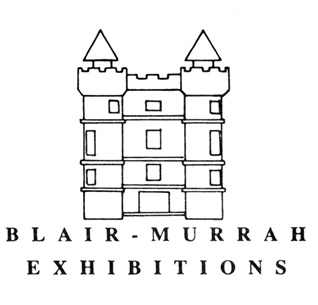The Prints of William Gropper
William Gropper was born in New York City in 1897 to Jewish immigrants from Romania and the Ukraine. Though Gropper's father was university-educated and fluent in several languages, he was unable to find suitable employment in America and both parents were employed in the city's garment industry. The family lived in poverty on New Yorkas infamous Lower East Side. Gropper's interests in art started in childhood with chalk drawings. Later, his talents earned him a scholarship to New York School of Fine and Applied Arts. He first gained exposure making cartoons and other drawings for newspapers, then took to lithography and painting.
Like other Social Realist Artists of this period, Gropper was interested in social problems and humanitarian concerns. Injustices like the condition of father Harry Gropper's life and an aunt's tragic death in a fire at a negligent sweatshop undoubtedly influenced the younger Gropper's lifelong antipathy to capitalism. He was a virulent critic of social injustices and the over-privileged, and made contributions to a vast array of communist publications. Though he was never a formal member of the Communist Party, Gropper's work drew enough attention during the communist witch hunt of 1950s America for him to be called before the House Un-American Activities Committee - providing motivation for a series of lithographs. A trip to post-war Poland in 1948 provided Gropper with inspiration for another subject he became known for. He payed tribute to holocaust victims through one painting centered on Jewish life each year thereafter.
This exhibition is of interest to audiences both for its artistic as well as political commentary of the period. Subjects such as the miseries of poverty and unemployment, middle-class materialism, law-makers and law enforcers, the garment district and racial discrimination are portrayed in the works included. More than fifty pieces - primarily lithographs - showcasing Gropper's career are available.




